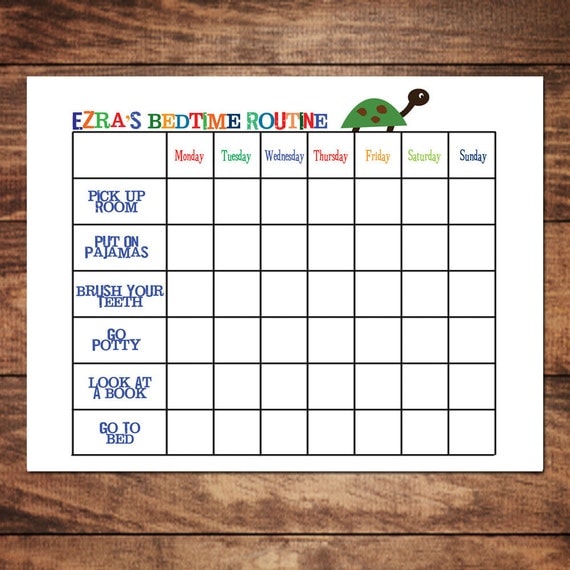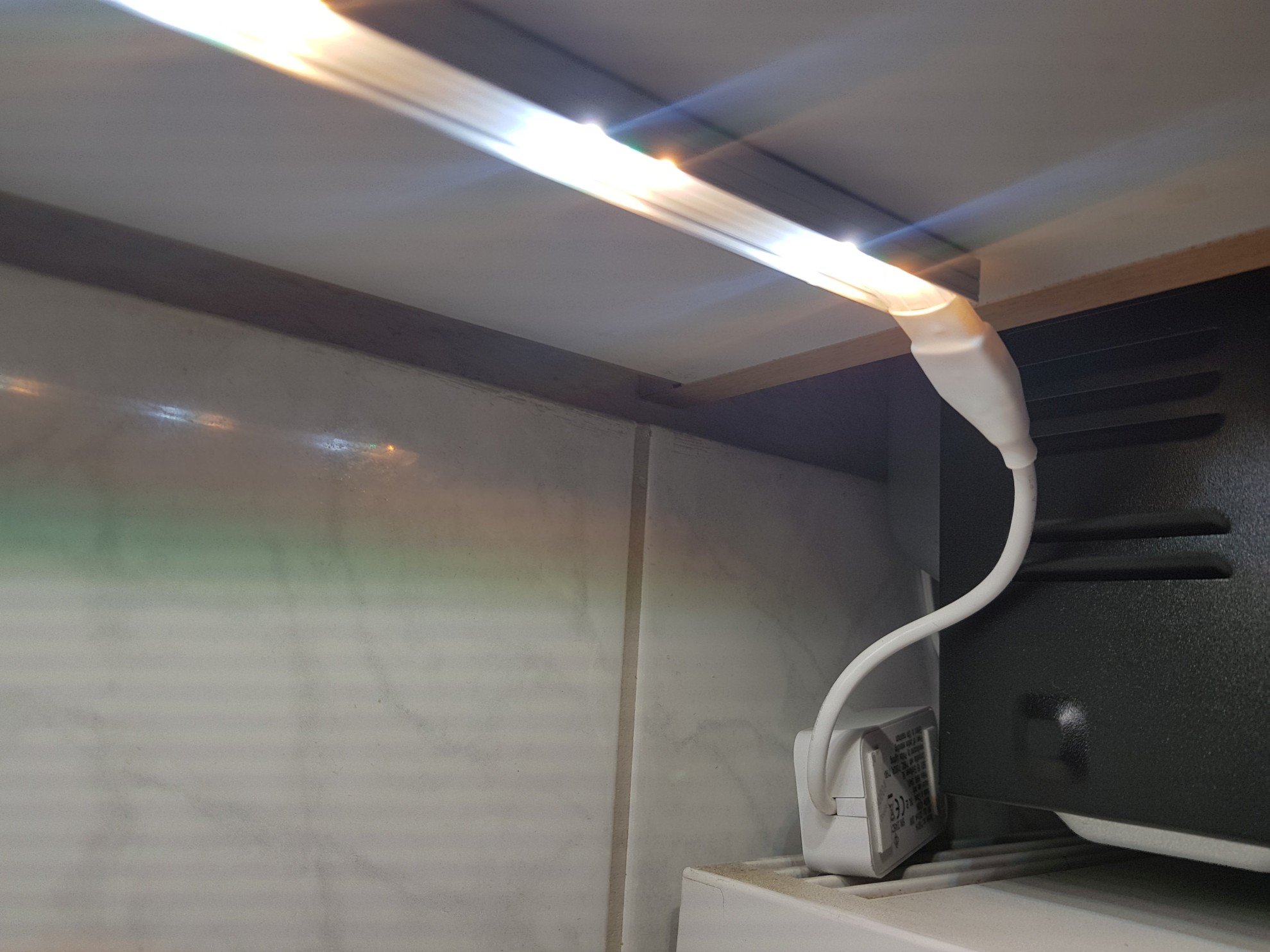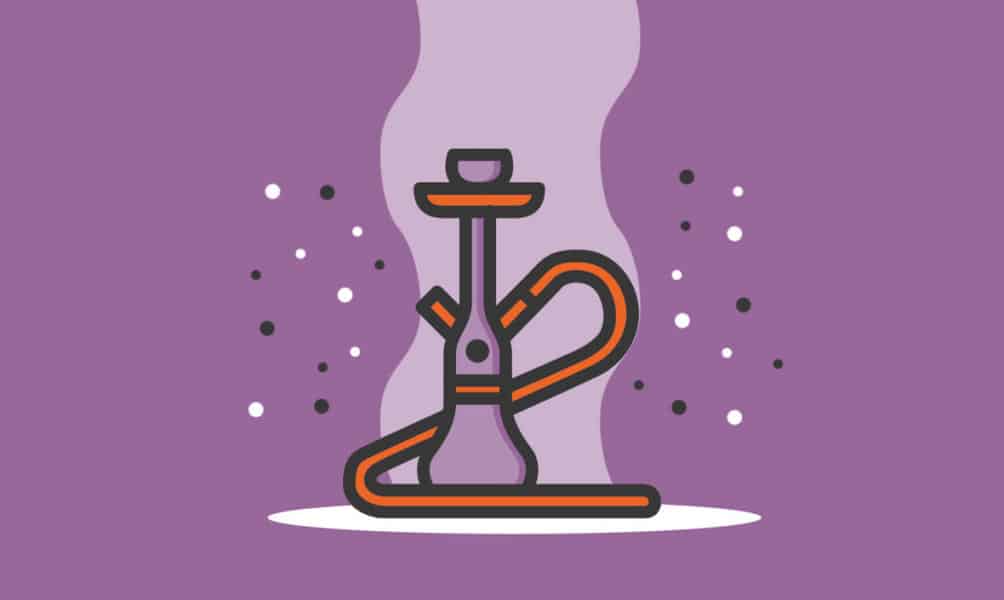Table of Content
When creating a new or editing an existing routine, tapAdd commandsto create a phrase or two. When you select the second option, you can choose a time, the days it should repeat, which speaker it should work with and whether you get a notification on your phone when the routine starts. When routines were first introduced, you could only trigger them with a short phrase. Now you can create routines that run on a schedule. That means you can now wake up to specific music, the news or radio and turn on the lights at the same time every morning.

Just enter any phrase (“Hey there!”) and tap the Add starter button again. You won’t actually need the voice starter to start the routine, so the phrase you type doesn’t really matter. Alexa users have long been able to trigger routines by dismissing an alarm on one of their Echo devices, but Google Assistant only learned the trick in the past few weeks.
Cancel Google Home Alarm from Phone
You can also check traffic reports as well as get transit updates, which can help you plan a better commute. You’ll find plenty of great options built right into the Google Assistant app, and you can even access your favorite games for free when you use Chrome. There are so many possibilities with routines that it can sometimes be hard to keep track. These tips will help you get the most out of routines. I like to set a routine that plays music at night when I’m winding down for bed.

Google Assistant routines will be accessible right from the Google Clock app, so you can easily tell Assistant what to do in the morning. Just yesterday, Google hosted a small event in San Francisco where it showed off a bunch of new features for the Google Assistant. There’s a lot to cover here and we want to respect your time, so we’ve broken everything out in the order that we find most interesting. Choose the trigger that will initiate the routine If you want your routine to be initiated by a “simple phrase,” like “good morning,” you need to name your routine accordingly. Your Google Account is now the account you’re signed into for the Google Assistant settings.
How Google Home Routine Work
It’s possible the beta is still required to unlock this functionality. On most phones, you can change the language in the phone's Settings app. For more detailed instructions, check with your phone's manufacturer. You can only add one media action for each Routine. Actions that might reveal personal information, like a broadcast to your home devices or reading a text message.
With a pre-alarm, soft sounds like birds chirping will play in the last minutes prior to the alarm tone. You can set fun alarms from some of your favorite characters for an entertaining and easy way to get your day started. If you don't have a compatible device to add in the Google Home app, you can still use Google Assistant on your phone or tablet to get help with your daily Routines. Actions that adjust phone settings, like phone volume and battery level notifications. You can only select one non-voice starter for each Routine. Household Routines help automate shared home devices for everyone in your home.
Actions you can add to a Routine
To move the device to another home, touch and hold the device's tile tap Settings . Routines are only available in select regions and languages. To use Routines in a supported region, switch your phone's default language to a supported language in that region. Turn on the entrance light when a motion sensor detects motion, or turn off your lights when no motion is detected for 10 minutes. These alarms will have music, jokes, facts, words of encouragement and other messages from characters in the shows. If no one gets out of bed when you ask, wake them up with a custom routine instead.
This functionality was first announced alongside the completely redesigned Home app that Google first revealed earlier this month. However, some users are seeing the option launched a bit early on the existing Home app design. One user reports the functionality going live on his account, and we’ve noted at least one user in France seeing the same functionality.
Type your phrase under “When I say” and then select what the Assistant should do. You can program a series of custom actions, and there’s even a list of suggested actions you can use for inspiration. When you've finished, save it as you did with the pre-populated Routines, and then test out your command. The alarms also work on Google Assistant smart displays. Interestingly, you can even set a music alarm, stop the alarm from your phone, and do many other cool things.
For example if you’ve turned on presence sensing, Google can turn on compatible lights when someone comes home. A household Routine where Google Home turns on your connected porch light and sets the thermostat to 75°F everyday at sunset. When you set up Routines, you and members of your home can get help from Google Assistant with tasks throughout the day. Schedule a Routine for when you need it, or start it whenever you want, and Google Assistant can automatically do multiple actions. To set up regular alarms, say, "Hey Google, set an alarm for 8.30am every day" or similar, and the Assistant will repeat back to you the recurring alarm.
The Google Home app may take up to 12 hours to update after you change the language. If Routines doesn't appear on the Home screen of the Google Home app, try the following. To start a Routine when everyone’s away or when someone comes home, first set up Home & Away Routines.

But you can set a music or character alarm tone, as shown in the next section. Ben Patterson/IDGYou can designate a timed window within which your dismiss-an-alarm routine will be active. Finally, tap Add mediaif you want to add audio playback to your Routine. Shortcuts were really just the early incarnation of what Routines eventually became. They're built in very much the same way -- set a short phrase that Google Assistant will then interpret as a combination of commands.
A single word or phrase could be set up to adjust smart home devices, set alarms, and more. Other triggers include the time of day, sunrise/sunset, and dismissing an alarm on certain Google Assistant devices. By setting your Google device as a smart alarm clock, you give it the power to wake you up with news, music or radio. You can also use it to build new morning and nighttime routines by pairing your alarm with playlists or smart lights - or perhaps with your coffee machine for those early starts. Tap the radio button next to one of the options, then tap the settings cog to the right to adjust what media should play. If you have connected gadgets that need to be configured before you're out the door, this is an excellent time to head into the Routines panel and set up what happens.

The Google Home’s Routines feature is the way to go if you want to set up a routine. Fill any room with rich sound from the Google Max to wake up on a good note. Her love for Android and gadgets made her develop the first Android app for Kashmir. Known as Dial Kashmir, she won the prestigious Nari Shakti award from the President of India for the same. She has been writing about technology for many years and her favorite verticals include how-to guides, explainers, tips and tricks for Android, iOS/iPadOS, Windows, and web apps. If you want to stop the alarm by manually touching it, here’s how to do it on various Google Home devices.
Then, under “My Assistant should…” you can choose your actions. This is particularly helpful in instances where the Google Home doesn’t automatically populate a command for a connected device. If you have something like smart blinds or a connected coffee maker, to offer a few examples, this is where you’d program them based on the voice actions you know they would accept. Once you’re back at the New routine screen, tap Add action to choose what happens when you dismiss an alarm. For example, you could get a weather forecast, hear some news headlines, turn smart lights on, adjust the thermostat, or play music.















